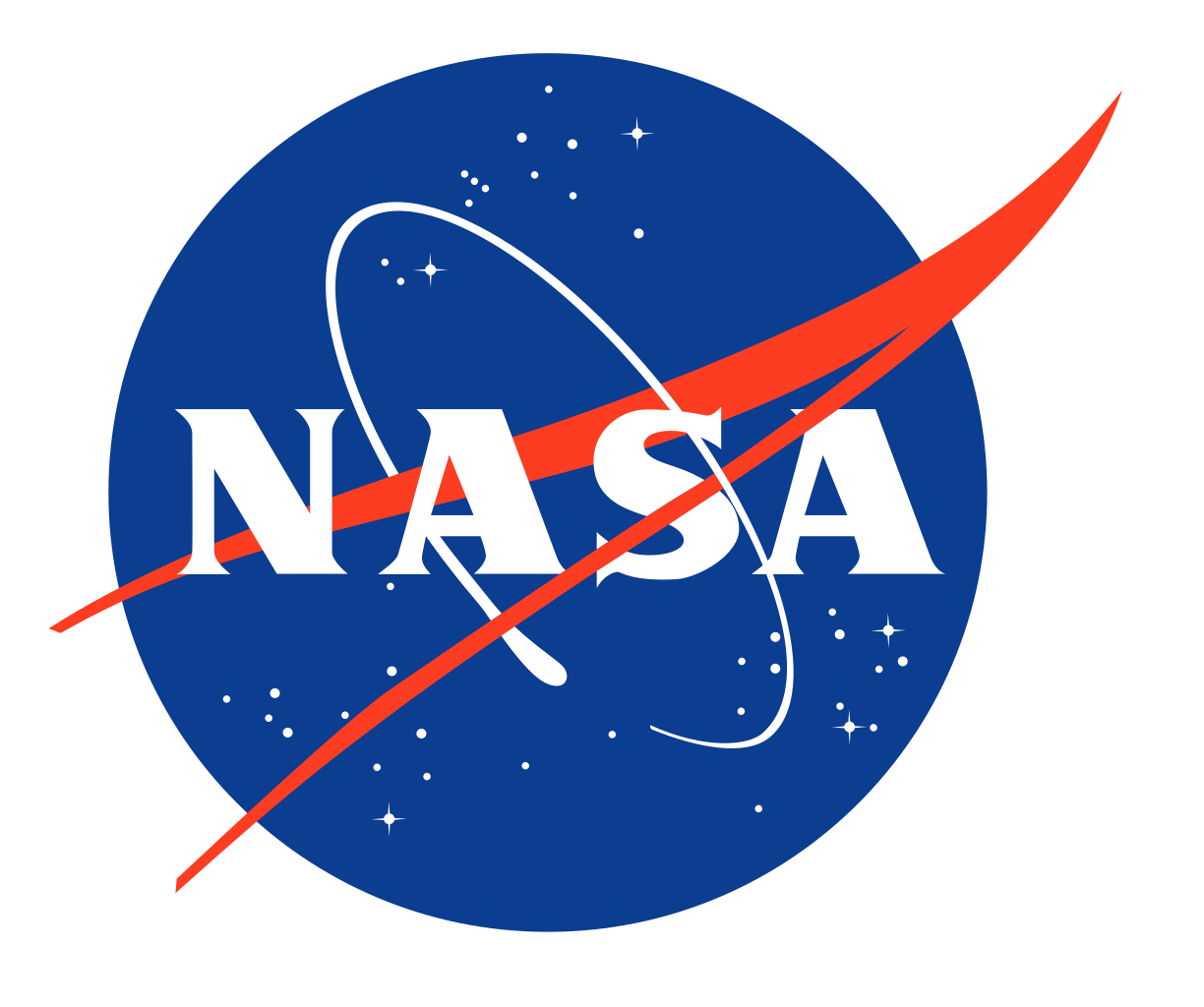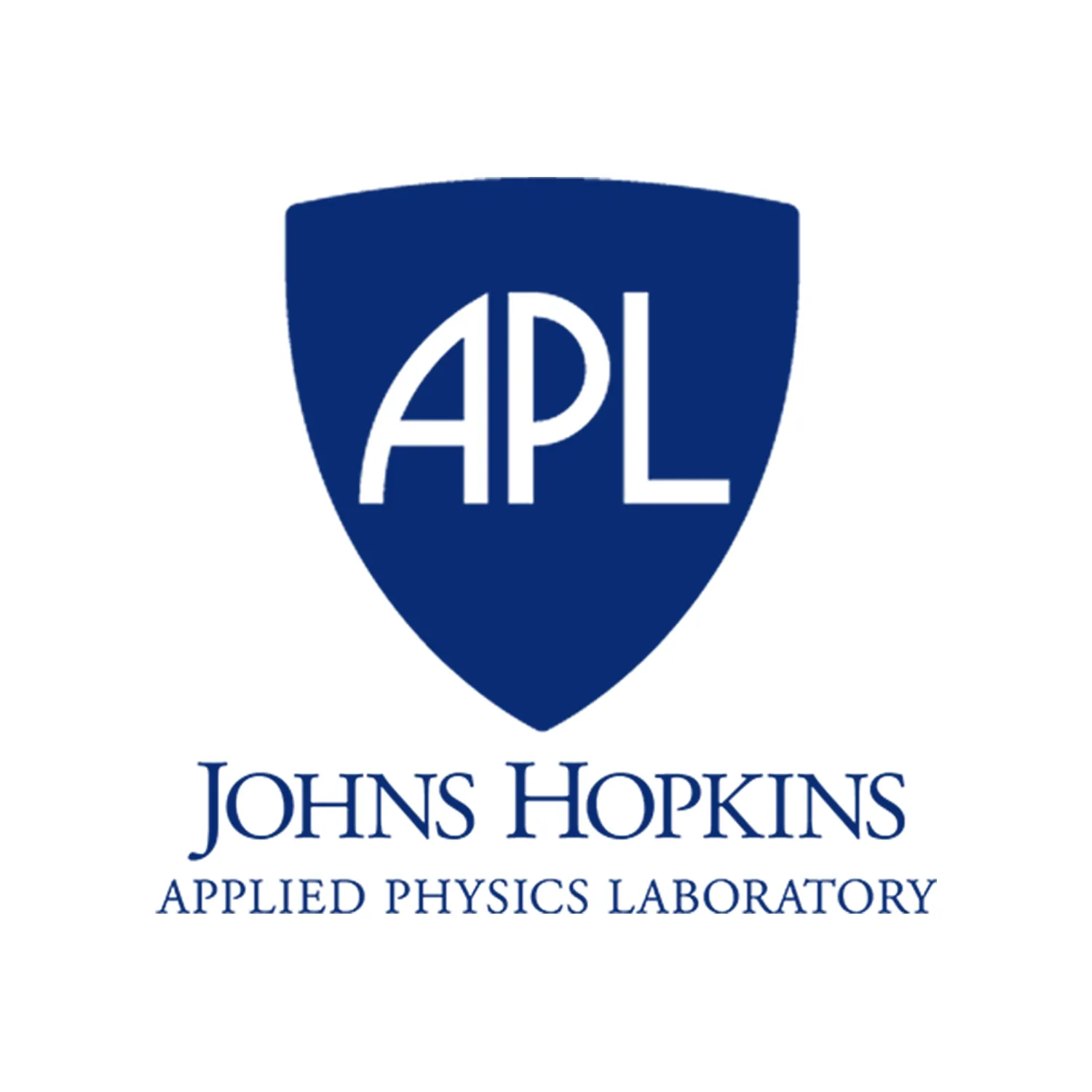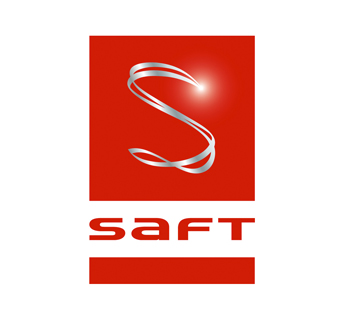OUR CUSTOMERS
CURRENT CUSTOMERS
NASA - Goddard Space Flight Center (GSFC)
The managing members of Vertex Aerospace, Nicholas Teti and Rommel Zara, hold key engineering positions on the NASA’s OMES-II contract. Mr. Teti is the JPSS-2 Project Thermal Lead and Mr. Zara is the OSAM-1 Senior Thermal Engineer. Mr. Teti has over 35 years supporting NASA/GSFC and Mr. Zara has more than 20 years supporting NASA/GSFC programs. Vertex Aerospace provides NASA/GSFC and industry with a resource capability that has developed over several years and multiple NASA programs affording Vertex Aerospace a vast understanding of the NASA/GFSC lifecycle for both in-house and out of house programs. NASA/GSFC engaged Vertex Aerospace to be part of the NASA team that was successful in having the PACE spacecraft awarded as an in-house program. Additionally, NASA/GSFC has relied on Vertex Aerospace to provide thermal engineering expertise for a significant number of proposals in an effort to bring more programs in-house to the NASA/GSFC.
- ASES (MIST-II)
- NASA/GSFC Thermal Engineering Branch Support
- STS (OMES-III)
- NASA/GSFC Thermal and Systems Engineering for JPSS, OSAM-1, LANDSAT and LEESH
- Science Systems and Applications (ESES-II)
- NASA/GSFC Printed Wiring Board (PWB) and Printed Circuit Board (PCB) Thermal Analysis
- Peraton, Inc. (SCNS) and (ETIS)
- NASA/GSFC Thermal Engineering for TDRS
- NASA/GSFC Integration and Test Support for PACE/OCI
- McCallie and Associates, Inc (SEAS-II)
- NASA GSFC and Wallops Flight Facility (WFF) Engineering Support for CODEX
APL - Applied Physics Lab
Vertex Aerospace has active contracts providing thermal engineering support to the Applied Physics Laboratory (APL) in Laurel, MD in support of the Double Asteroid Redirection Test (DART) and Dragonfly Mission.
Southwest Research Institute (SwRI)
Vertex Aerospace was contracted by a Southwest Research Institute (SwRI) in San Antonio, Texas to develop a thermal design, perform thermal analysis for the MASPEX, IMAP-Lo, CoDICE instruments, which will launch in the 2020's.
- Analyzer for Cusp Ions (ACI) Instrument
- Compact Dual Ion Composition Experiment (CoDICE)
- Mass Spectrometer for Planetary Exploration (MASPEX)
- Interstellar Mapping & Acceleration Probe (IMAP-Hi)
- Interstellar Mapping & Acceleration Probe (IMAP-Lo)
- Polarimeter to UNify the Corona and Heliosphere (PUNCH)
NASA Dragonfly mission will explore, sample and examine sites around Saturn’s largest moon, Titan. A part of the space agency’s New Frontiers program, Dragonfly will be launched in 2026 and is expected to arrive in 2034.
The rotorcraft lander will explore dozens of locations on Titan to identify prebiotic chemical processes common on both the moon and Earth. According to NASA, Dragonfly is the first multi-rotor vehicle to be launched for science on another planet.
With eight rotors, Dragonfly would fly similar to a large drone while taking advantage of Titan’s dense atmosphere, which is four times denser than that of the Earth. Vertex Aerospace has been contracted by MOOG, Inc. to perform a thermal analysis of the rotor motors in support of an upcoming test at the Applied Physics Laboratory located in Maryland.
OSAM-2
NASA and its partners are developing robotic technologies to rapidly, efficiently and autonomously manufacture and assemble hardware, components and tools in space. Lead developer Made In Space Inc. of Mountain View, California, and additional partners will deliver that technology, using additive manufacturing – better known as 3D printing – to build and assemble complex components in space, deliver on-demand hardware and allow for structures larger than those any current rocket can haul to orbit.
In 2019, NASA awarded a contract to Made In Space to demonstrate this capability in orbit with a spacecraft roughly the size of a refrigerator. The technology demonstration, previously called Archinaut One, will build, assemble and deploy its own operational solar array. The NASA and Made In Space partnership is now referred to as OSAM-2, a more comprehensive name that stands for On-Orbit Servicing, Assembly and Manufacturing. Vertex Aerospace is also providing thermal analysis and design support to NASA’s OSAM-1 mission that is developing complementary technologies.
OSAM-2 is expected to launch no earlier than 2022. Once deployed and positioned in orbit, the small spacecraft will 3D print two beams that extend nearly 33 feet from each side of the spacecraft. As it continues to manufacture the hardware, these beams will unfurl solar arrays that can generate up to five times more power than traditional solar panels on similar-sized spacecraft.
Recent Customers

Skybox Imaging, Inc.
Vertex Aerospace was contracted by Skybox Imaging, Inc., a commercial satellite company on the West Coast, to develop a thermal design and perform thermal analysis on their Earth Imaging Satellite.
- Post-CDR Thermal Design and Analysis
- Thermal Vacuum / Thermal Balance Test Support
- Thermal Model Correlation
BLACKSKY
Vertex Aerospace was contracted by Blacksky/Spaceflight Industries to perform thermal analysis for its first two Earth-imaging spacecraft, Global-1 and -2 prior to launch in Nov/Dec 2018.
- Global-1 was launched Nov. 28, 2018 from the Indian Space Research Organization’s (ISRO) Satish Dhawan Space Center aboard a PSLV launch vehicle.
- Global-2 was launched the following week on Dec. 3, 2018 on Spaceflight’s SSO-A mission aboard a SpaceX Falcon 9 from Vandenberg Air Force Base in California.
University of California - Berkley | Space Sciences Laboratory
Vertex Aerospace was contracted by the University of California - Berkley (UCB) in California to develop a thermal design and perform thermal analysis in support of the Ionospheric Connection Explorer (ICON) instrument suite.
- Instrument Thermal Design and Analysis
Woodward
Vertex Aerospace was contracted by a commercial engineering company in the Mid-West to develop a thermal design, perform thermal analysis and develop a prototype to support the thermal control of an Aircraft Electronics Module.
SAFT Battery
Vertex Aerospace was contracted by SAFT Battery to perform thermal analysis for the GOES-R Lithium Ion Battery in preparation for the GOES-R Critical Design Review (CDR). Vertex Aerospace reviewed the GOES-R battery requirements, worked with the SAFT mechanical/thermal engineers and implemented the current design details in the Thermal Desktop model. Vertex Aerospace post-processed the temperature and heat flow adata and included the results in a Thermal Design Report.








